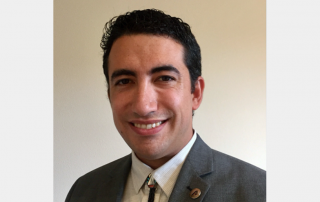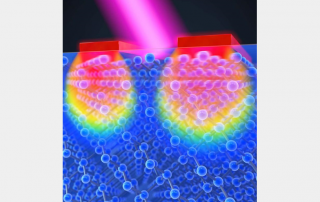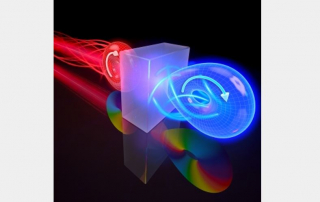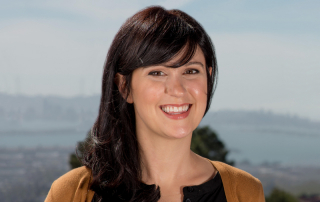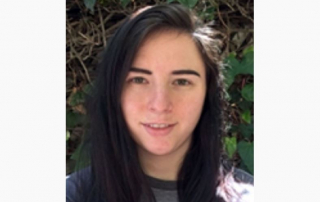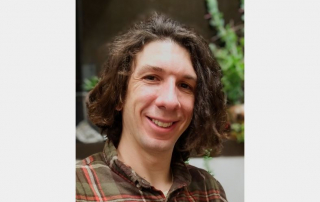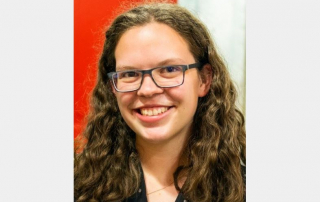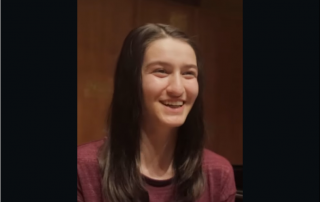Two New Physical Sciences Associate Deans Announced
The School of Physical Sciences now has two new Associate Deans. Franklin Dollar of the UCI Department of Physics & Astronomy is the new Associate Dean of Graduate Studies, and Mu-Chun Chen, also of Physics & Astronomy is the new Associate Dean of Diversity, Equity and Inclusion (DEI). Both appointees come from long histories of experience with both engaging with the graduate student community at Physical Sciences, as well as stimulating action in the DEI realm.
Very recently, Dollar was part of an effort in his department to secure funding for the mentors of a graduate student-led program called Physics & Astronomy Community Excellence (PACE), which aims to give graduate students the peer support they may need. “Our vision is to foster a student-focused, transdisciplinary graduate experience in which a diverse student body can both succeed and lead in their chosen path,” Dollar said. “We will develop new support mechanisms to promote broader collaboration across the school, while making sure that students have the support they need.”
